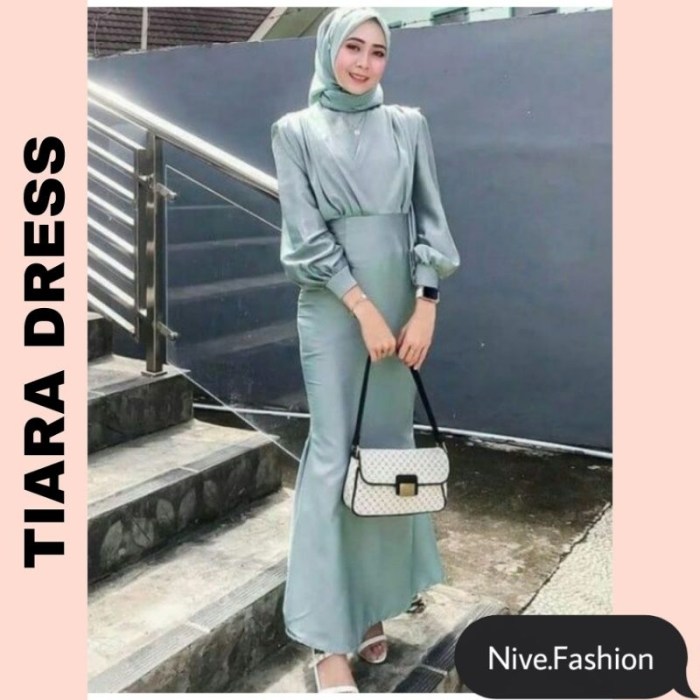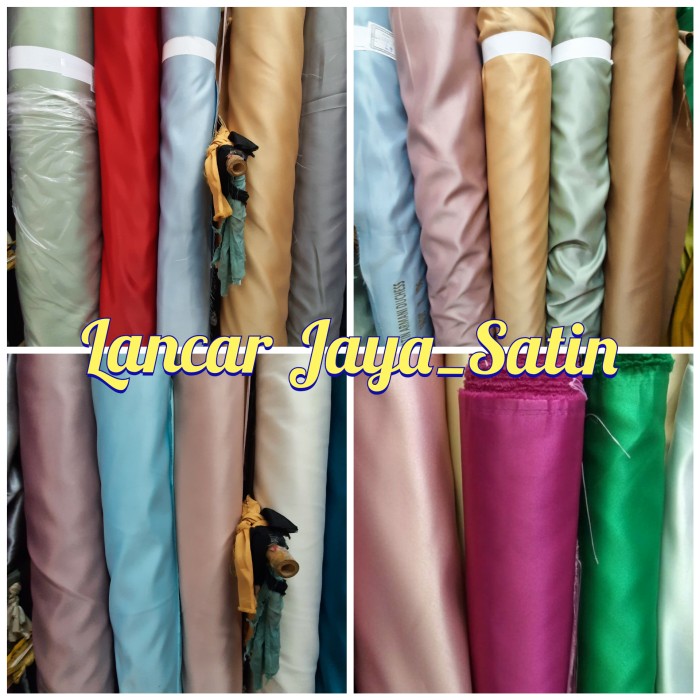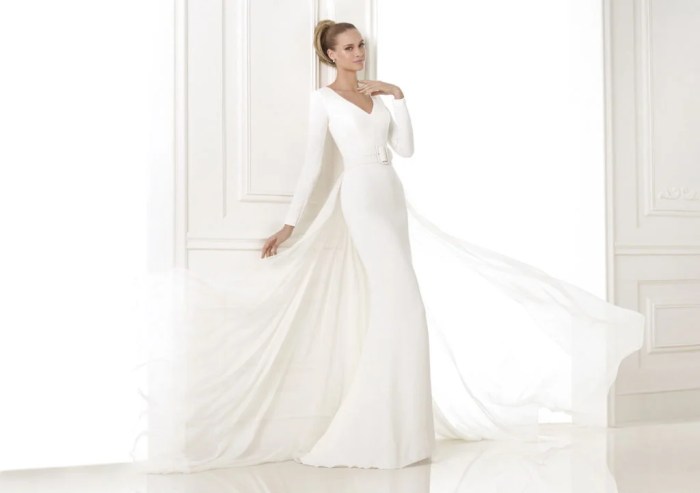Satin Fitted Wedding Dresses: A Guide to Elegance and Style

Source: susercontent.com
The satin fitted wedding dress embodies timeless elegance and sophistication. Its sleek silhouette accentuates the bride’s figure, creating a stunning and memorable bridal look. This guide explores the various aspects of choosing, designing, and styling a satin fitted wedding gown, from fabric selection to accessory pairings.
Defining the Ideal Satin Fitted Wedding Dress
A typical satin fitted wedding dress is characterized by its close-fitting silhouette that hugs the body, showcasing the bride’s curves. The fabric, satin, contributes to its luxurious sheen and smooth texture. Several satin types are used in wedding gowns, each with unique properties. These include charmeuse satin, known for its soft drape and subtle sheen; duchess satin, a heavier, more structured satin with a lustrous finish; and silk satin, a luxurious option prized for its natural fibers and exquisite drape.
The fitted silhouette can be adapted to various body types and styles. A-line variations offer a flattering shape, while mermaid and trumpet styles create a dramatic flair. The gown’s length, train style, and neckline further customize the look, allowing for a personalized aesthetic.
Design Elements and Variations
Neckline choices significantly impact the overall look of a satin fitted dress. A sweetheart neckline offers a romantic and feminine touch, while a high neck creates a more modest and sophisticated appearance. A V-neckline elongates the torso, and a bateau neckline provides a classic and elegant feel. Sleeve styles add another layer of personalization. Sleeveless designs showcase the arms and shoulders, while long sleeves offer a more traditional and formal look.
Cap sleeves provide a touch of elegance, and off-the-shoulder sleeves add a modern and romantic feel. Three unique back details include a low back with delicate lace detailing, a keyhole back for a touch of mystery, and a completely open back for a daring and dramatic effect.
| Train Length | Description | Visual Details | Suitability |
|---|---|---|---|
| Chapel Train | Extends several feet behind the bride, typically brushing the floor. | Graceful sweep, adding elegance without being overly dramatic. | Suitable for various venues and styles. |
| Cathedral Train | A very long train, often extending several yards behind the bride. | Grand and dramatic, ideal for formal settings. Requires a bustle for maneuvering. | Best for grand venues and formal weddings. |
| Sweep Train | A short train that sweeps the floor slightly. | Simple and understated, ideal for less formal settings. Easy to manage. | Perfect for smaller venues or less formal weddings. |
Fabric and Construction Considerations

Source: tokopedia.net
Satin’s luxurious sheen and smooth drape are advantageous, creating a stunning visual effect. However, it can be prone to wrinkles and may cling to the body, highlighting imperfections. Proper tailoring and fitting are crucial to ensure a comfortable and flattering fit. The bodice’s structure is vital; boning and corsetry create shape and support, preventing the fabric from clinging unevenly.
A structured bodice ensures a smooth, polished look that enhances the overall elegance of the dress.
Styling and Accessories, Satin fitted wedding dress

Source: wohhwedding.com
Styling a satin fitted wedding dress allows for diverse interpretations. A classic style might include a sleek updo, natural makeup, and delicate diamond jewelry. A romantic style could incorporate loose waves, soft makeup, and pearl accents. A modern approach could feature a bold lip, a chic chignon, and statement earrings. Veils and headpieces complement the gown; a cathedral-length veil adds drama, while a birdcage veil provides a vintage touch.
A simple headband or hair comb can offer a minimalist yet elegant look. Footwear choices influence the overall look; heels elongate the silhouette, while flats provide comfort. The choice depends on personal preference and venue suitability.
- Delicate necklaces and earrings
- A statement belt to accentuate the waist
- A clutch purse
- Elegant heels or comfortable flats
Real-World Examples and Inspiration
Consider a classic A-line satin gown with delicate lace appliqués, a mermaid-style satin dress with a dramatic open back, and a sleek trumpet satin gown with a high neckline and long sleeves. Each showcases the versatility of the satin fitted wedding dress. Imagine a satin fitted gown adorned with intricate beading and lace, creating a luxurious and opulent effect.
The beading could cascade down the bodice and train, while delicate lace accents the neckline and sleeves. A satin fitted wedding dress with a dramatic low back creates a striking visual impact, showcasing the bride’s confidence and elegance. The low back could feature intricate detailing, such as lace or beading, or remain simply elegant in its simplicity.
Popular Questions: Satin Fitted Wedding Dress
How do I care for a satin wedding dress?
Dry cleaning is recommended to maintain the satin’s luster and prevent damage. Avoid harsh detergents and follow the care instructions provided by the manufacturer.
What body types suit a satin fitted wedding dress?
While flattering on many body types, fitted satin gowns tend to accentuate curves. Consider alterations and undergarments to achieve the desired silhouette.
Are satin fitted wedding dresses suitable for all seasons?
Satin can be worn year-round. Heavier satin fabrics are better suited for cooler months, while lighter weight satins are ideal for warmer weather.
How much should I budget for a satin fitted wedding dress?
Pricing varies widely depending on designer, fabric, embellishments, and retailer. Research and set a budget accordingly.
